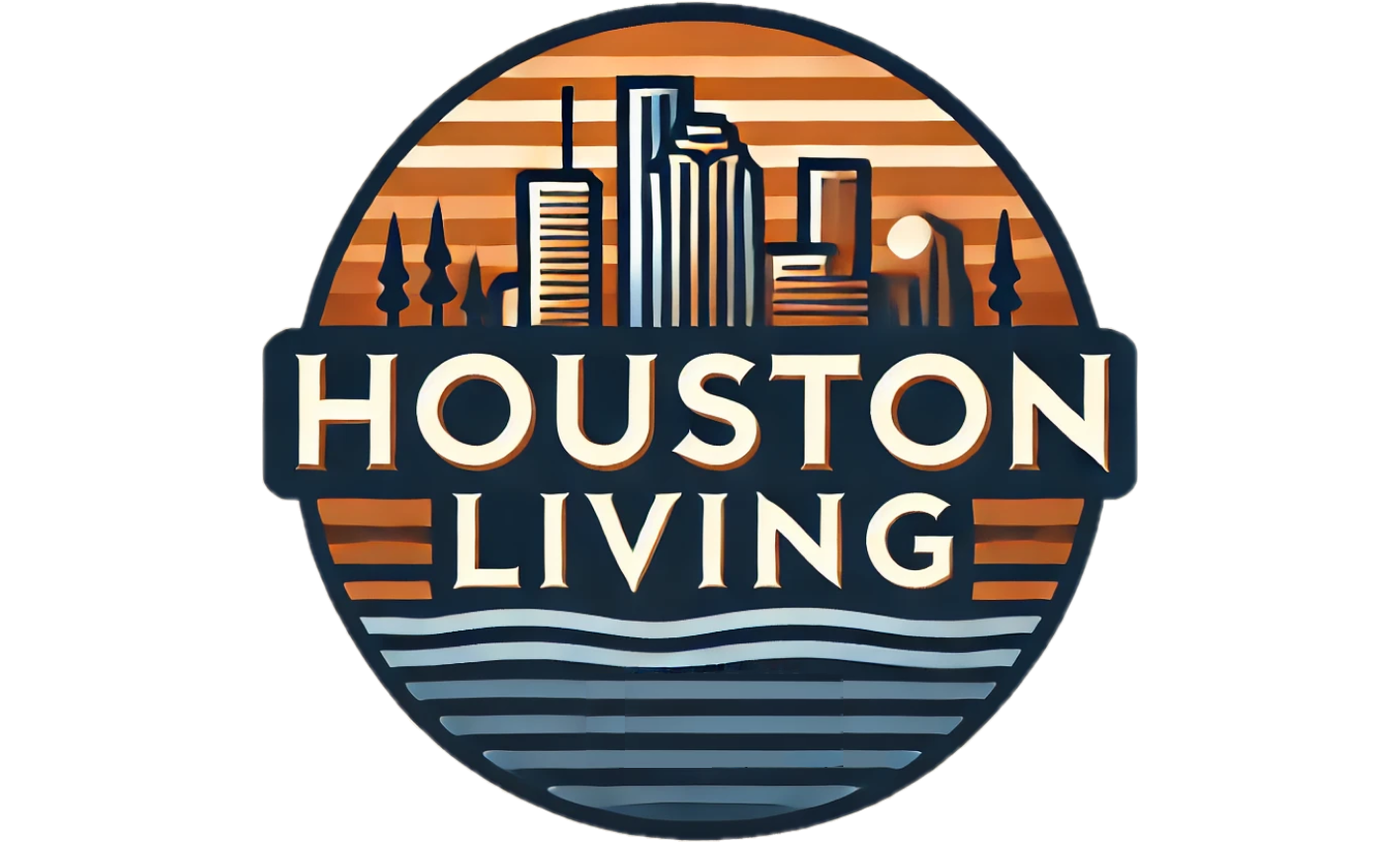
Burn Bans Widen in Houston as Drought Conditions Persist
As Southeast Texas endures a prolonged dry spell, the risk of wildfires has escalated sharply. In response, several counties within the Houston area have enacted burn bans, aiming to prevent potential disasters that often stem from unchecked flames. The current weather pattern, characterized by little to no rainfall and decreasing humidity, has set the stage for such drastic measures.
Understanding the Burn Ban: What You Need to Know
A burn ban is a regulation that prohibits outdoor burning activities to mitigate the risk of wildfires. With many counties already facing bans—including Fort Bend and Montgomery—residents are urged to comply strictly with these regulations. The bans not only cover common activities like burning trash or campfires but also extend to any outdoor burning that isn’t contained by approved structures designed to secure flames, sparks, and ashes. Violations of these bans can lead to significant penalties for homeowners and pose a substantial risk to communities.
Key Counties Taking Action Against Fire Risks
As of mid-October, Harris County is the latest to call for a burn ban, scheduled for a vote on October 16. Meanwhile, Fort Bend County has already implemented strict regulations following a rise in the Keetch-Byram Drought Index, which helps measure fire risk levels. The index readings for these counties indicate severe drought conditions, with Montgomery County posting numbers upwards of 600—high enough to warrant urgent action.
“Prolonged dry weather and critically dry fuels mean even small sparks can quickly become dangerous wildfires,” Montgomery County Judge Mark Keough emphasized. His sentiments are echoed by various Fire Marshals across the region highlighting recent instances of illegal burning that have led to dangerous fire outbreaks.
The Keetch-Byram Drought Index: A Crucial Tool for Fire Safety
The Keetch-Byram Drought Index is a vital analytical tool utilized by the Texas A&M Forest Service to assess wildfire threats. The index, which ranges from 0 (saturated) to 800 (severe drought), helps fire officials understand the moisture levels within the soil and vegetation. Currently, many areas in Southeast Texas are precariously situated in the moderate to high risk zones, necessitating cautious outdoor practices.
Impacts and Community Responsibility
With conditions described as more dangerous than usual, residents are encouraged to be vigilant and proactive. Notably, some instances of illegal burning in Montgomery County have resulted in injuries and property damage—a grim reminder of the dangers that accompany irresponsible actions during burning bans.
Local officials have underscored the importance of being informed. Residents are urged to monitor fire danger alerts and weather updates as well as to follow safety measures in personal activities to minimize risks. Simple steps like ensuring proper disposal of flammable materials and avoiding outdoor burning can help keep communities safe.
A Call for Community Vigilance and Preparedness
This period of heightened fire risk isn’t just a regulatory issue; it’s a community concern. The cooperation of residents during burn bans is essential to minimizing fire hazards. Awareness and compliance can serve as the first line of defense not just for property, but for the lives of neighbors and local firefighters alike.
As we continue down this exceptionally dry path, active community participation in adhering to safety measures will be critical. Stay vigilant, stay aware, and let's work together to ensure our neighborhoods remain safe from the threat of uncontrollable wildfires.
 Add Element
Add Element  Add Row
Add Row 



Write A Comment